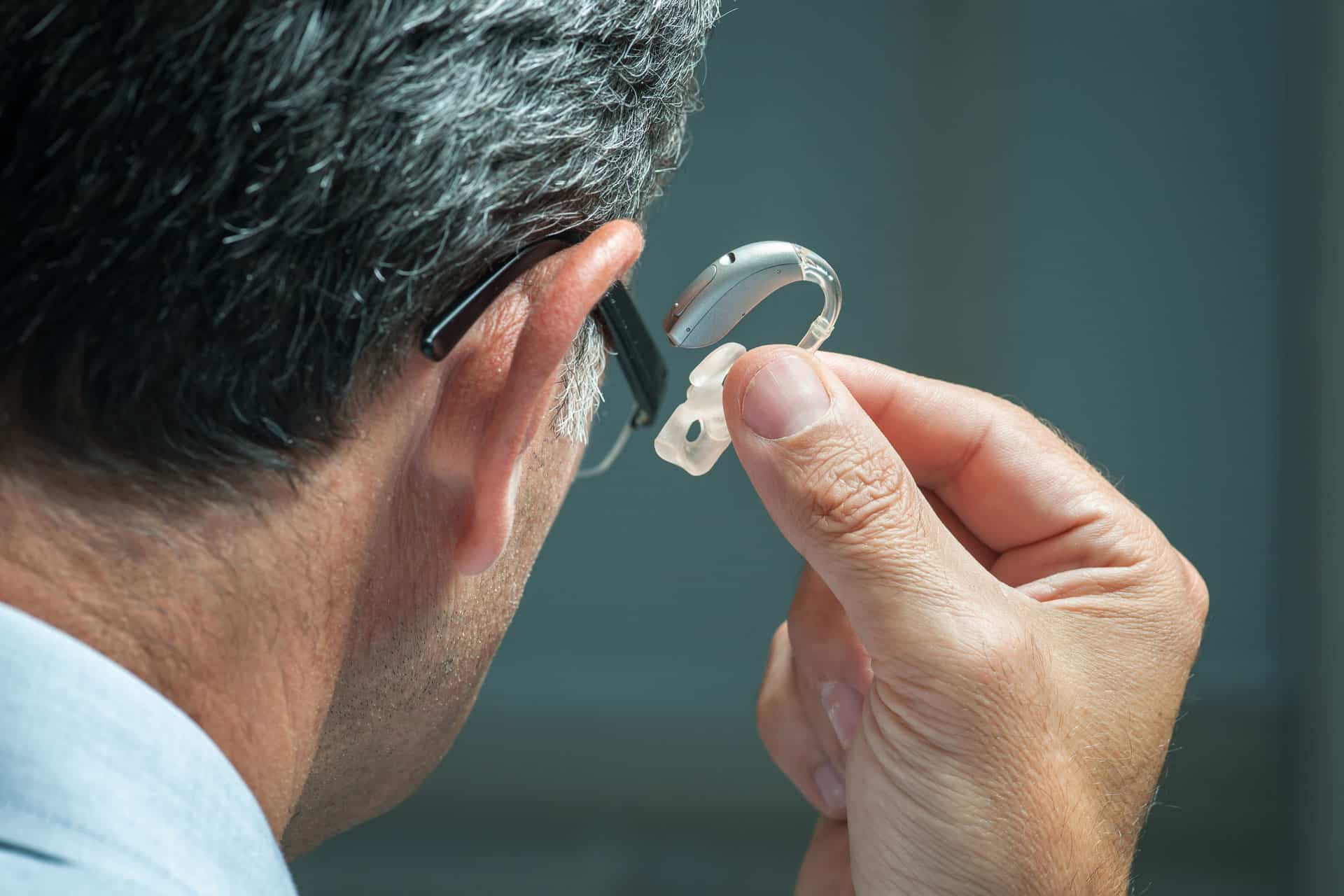Delivery in 2-3 working days
Hearing training: tips and exercises for effective hearing
Hearing is one of the most important abilities that humans possess. It
enables us to interact with our environment, to recognize dangers in time
and to maintain social relationships. Hearing loss can therefore
significantly reduce the quality of life. The brain plays a
crucial role in hearing processing. If you suffer from
hearing loss, targeted hearing training can help improve brain function and speech
of the brain and improve speech understanding.
The importance of the brain in the listening process
The ear is the organ that picks up sounds, but the brain is the
organ that interprets these sounds and ascribes meaning to them.
meaning to them. The auditory center in the brain is responsible for processing the
acoustic signals. In people with hearing loss
or hearing loss, the nerve connections in the brain that are responsible for hearing
responsible for hearing may be weakened. Hearing training can
strengthen these connections and improve hearing.
improve.
How does hearing training work?

Hearing aids and hearing training
Hearing aids are an important component in the treatment of
hearing loss. They help to make sounds louder and make hearing easier.
easier. However, hearing aid fitting alone is often not enough
to completely improve hearing. An accompanying hearing training
can help train the brain to better process the sounds amplified by the hearing aids.
better process the sounds amplified by the hearing aids.

Exercises for effective auditory training
Directional listening:
This exercise is about accurately determining the direction from which a sound is coming. This can help improve orientation in space.
Distinguishing sounds: This involves distinguishing different sounds from each other. This can improve the brain's ability to separate important sounds from unimportant ones.
separate.
Understanding speech in noisy environments:
This exercise can help you understand conversations better in noisy environments.
Listening to music:
Music can help exercise the brain and strengthen neural connections.
The role of hearing therapy
Advantages of hearing training
Improving speech understanding:
Training helps you understand conversations better, even in noisy environments.
Improvement of spatial orientation:
They can better perceive from which direction sounds are coming.
Tinnitus reduction:
For some people, hearing training can help reduce tinnitus.
Better hearing with hearing aids:
Training can help to better process the sounds amplified by hearing aids.
Tips for effective hearing training
Regularity:
It is important to practice regularly. Daily is best.
Patience:
Improving hearing is a process that takes time. Be patient with yourself.
Customization:
Every person is different. Adapt the exercises to your individual needs.
Use of hearing aids:
If you wear hearing aids, it is important to use them during exercise.



